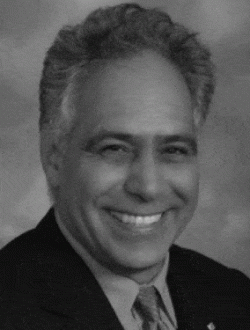Afshin S. Daryoush (S’84–M’86–SM’89–F’99) received the B.S. degree in electrical engineering and applied physics (EEAP) from Case Western Reserve University, Cleveland, OH, USA, in 1981, and the M.S. and Ph.D. degrees in electrical and computer engineering from Drexel University, Philadelphia, PA, USA, in 1984 and 1986, respectively. He is currently a Professor of electrical and computer engineering with Drexel University, Philadelphia, PA, USA, where he has developed courses in devices, circuits, and subsystems employed in microwaves, photonics, and antennas. He also conducts research in microwave photonics applied to telecommunications and biomedical engineering that resulted in more than 300 technical articles, 21 patents, and eight book chapters. In 2011, he became a member of the Franklin Institute’s Committee on Science and theArts.
Dr. Daryoush was the recipient of the Drexel University’s Graduate Teaching Award in 2000, the IEEE Philadelphia Section’s Franklin Key Award in2015, and the Drexel University’s Alumni Award in 2018. After receiving the Microwave Prize in 1986, his 13 articles have been recognized as the best student papers in various IEEE conferences. He has also organizedvarious IEEE conferences since 1993, particularly serving as the TPC Chair of Radio Wireless Symposium 2008 (RWS 2008) and Chair of the Radio andWireless Week 2009 (RWW2009), Microwave Photonics 2010 (MWP 2010), Benjamin Franklin Symposium on Microwave and Antenna Sub-Systems 2014 (BenMAS 2014), and International Microwave Symposium 2018 (IMS2018).
Future generation of communication satellites are based on phased array antennas to generate over 100 simultaneous beams to provide communications services to mobile and fixed terminal users. The feed network operating at Ka-band is a major challenge and optical beam forming networks (OBFN) are considered as a desired technology.
